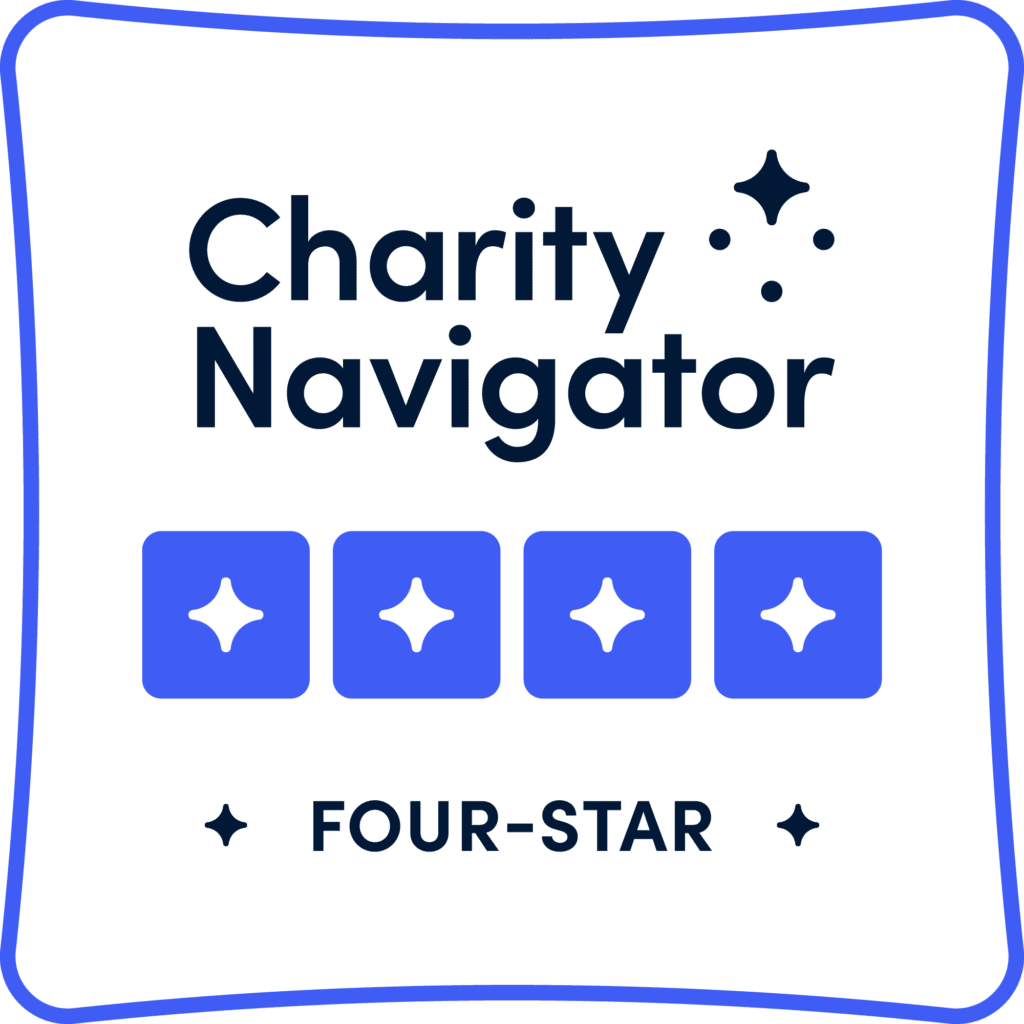Spring 2025 has brought a cascade of developments that continue to challenge the stability of federally funded biomedical research—and vision research is feeling the pressure more than ever.
One of the most contentious issues currently facing the research community is the proposed 15% cap on indirect costs. Announced in early February by NIH, this policy would have dramatically reduced the overhead support provided to research institutions, regardless of previously negotiated higher rates. Indirect costs fund the infrastructure that keeps science running: facilities, administrative support, compliance operations, and IT systems. Capping these costs at an artificially low level would severely weaken the ability of academic institutions to conduct and sustain long-term research, particularly in fields like vision science where multidisciplinary collaboration and advanced equipment are vital.
The announcement sparked immediate legal and congressional pushback. On March 5, a federal judge issued a nationwide preliminary injunction against the NIH’s implementation of the policy, ruling it “arbitrary and capricious” and a violation of the Administrative Procedure Act due to the lack of public notice and comment. This decision was further strengthened on April 4, when the court made the injunction permanent. NIH has since filed an appeal, which is currently pending before the U.S. Court of Appeals for the First Circuit. For now, the 15% cap cannot be enforced, but the threat remains active, and NAEVR/AEVR continues to advocate for a full withdrawal of the policy.
This legal battle occurs against a backdrop of other profound challenges. While the FY25 Continuing Resolution signed in March maintained level funding for NIH and NEI through September 30, it also allowed the expiration of the 21st Century Cures Act’s innovation funding. As a result, the BRAIN Initiative saw an $81 million reduction—from $402 million in FY24 to $321 million in FY25. Many NEI-supported projects in visual neuroscience were directly tied to BRAIN Initiative funding, raising concerns about ongoing support for research into the brain-vision connection, including retinal circuitry and neural prosthetics.
Administrative actions have also disrupted the day-to-day operations of NIH and NEI. A federal employee travel and spending ban, enacted in January and still in effect, has prevented agency staff from participating in scientific conferences or cross-institutional collaboration—limiting not only the exchange of ideas but also the visibility of research funded by taxpayer dollars.
More recently, in early April, HHS Secretary Robert F. Kennedy Jr. oversaw the layoff of approximately 10,000 federal employees, including a significant number from NIH. These staffing reductions have already had an impact. NEI’s spring grant reviews, originally scheduled for February, were delayed until April 21 due to a combination of workforce loss and executive orders requiring a review of all DEIA-related policies before proceeding with grant evaluations. The cumulative effect of these disruptions could result in further delays in research funding cycles and threaten the continuity of emerging projects.
The vision research community has also been hit hard at the Department of Defense. The FY25 CR reduced CDMRP funding by 57%—from $1.509 billion to $650 million—and eliminated 23 of 35 individual research programs, including the Vision Research Program. This program has historically advanced care for service members and veterans with ocular trauma, and its loss represents a significant gap in military medicine and translational research. NAEVR is working closely with DOD stakeholders and members of Congress to explore options to restore funding in FY25 supplemental efforts as well as in the FY26 appropriations cycle.
Adding to the growing concern is the emergence of a leaked draft of the HHS FY26 budget proposal. While not yet finalized, the document outlines a dramatic 43% cut to the NIH budget and proposes a sweeping consolidation of the agency—from 27 institutes and centers down to just eight. Among the proposed consolidations is the merging of the National Eye Institute with neuroscience and brain-related programs, echoing a House proposal from 2024 that the vision community strongly opposed. If enacted, such changes would not only reduce funding but dismantle the dedicated leadership, infrastructure, and scientific focus that NEI provides, threatening decades of progress in vision science.
While Congress has not endorsed these proposed consolidations, the administration’s continued use of executive authority to restructure federal agencies outside of the formal appropriations process underscores the need for vigilance and sustained advocacy. NAEVR/AEVR is actively working to educate lawmakers and stakeholders about the importance of preserving NEI’s independence and the strategic value of maintaining vision research as a distinct priority within the federal research enterprise.
Leadership transitions are also reshaping the research policy environment. With Robert F. Kennedy Jr. now confirmed as HHS Secretary and Dr. Jay Bhattacharya installed as NIH Director, much remains unclear about their long-term priorities. Both have expressed interest in reforming public health and biomedical research policies, particularly around chronic disease. While vision loss is a growing public health concern with deep connections to chronic disease, it is not yet evident how this new leadership will prioritize or support vision research specifically.
In this environment of policy instability, budget pressures, and structural uncertainty, one thing is clear: our advocacy efforts are more important than ever. NAEVR/AEVR continues to lead on Capitol Hill and within key federal agencies, pressing for a dedicated focus on vision research and increased NEI funding and ensuring that the voice of the vision research community remains strong and unified.
Whether it’s defending against harmful caps on indirect costs, restoring dedicated DoD vision research funding, or protecting NEI’s independence, our community must stay engaged. The stakes are high—and the time to act is now.


